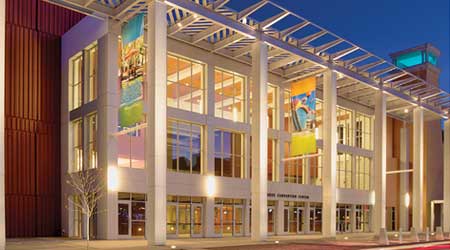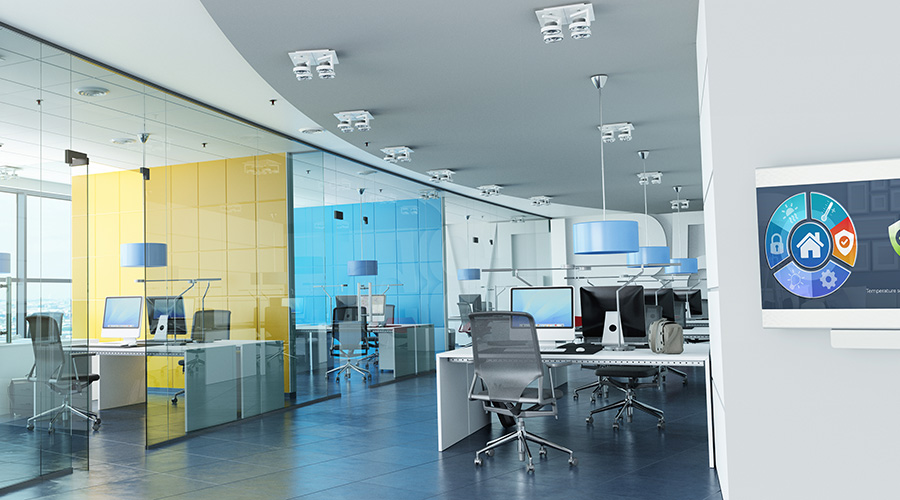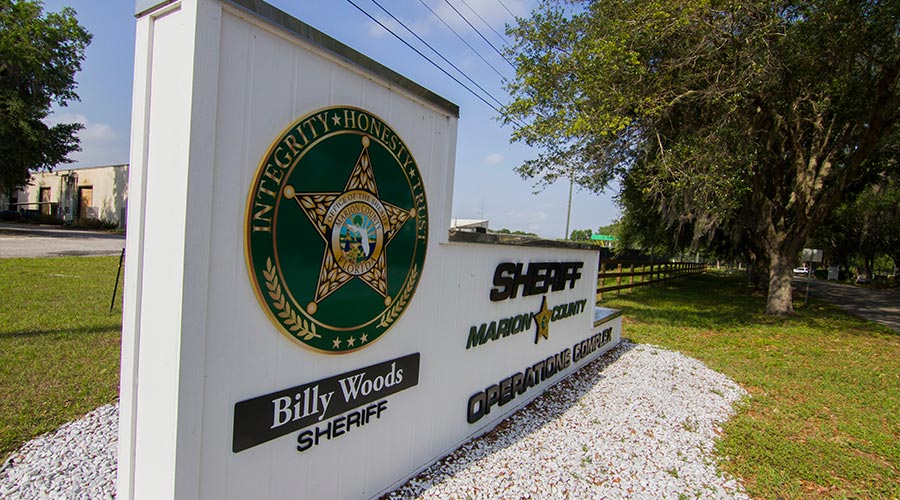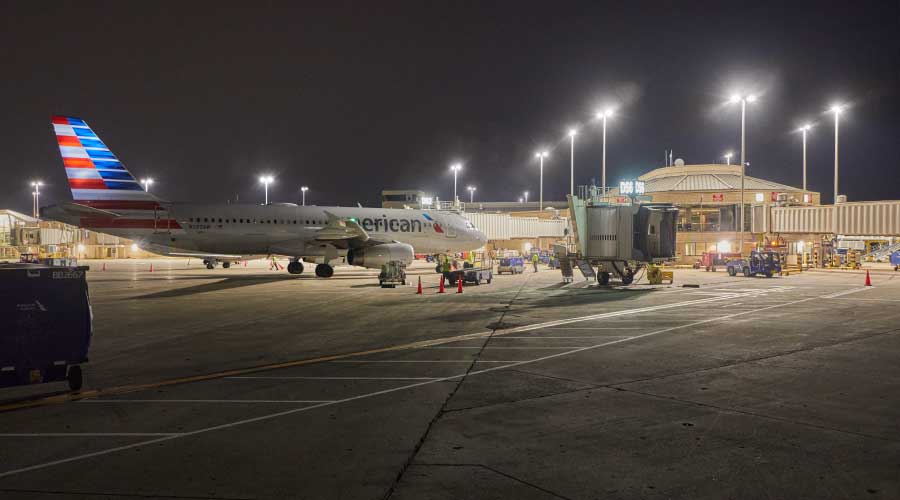 In addition to providing lighting options for a variety of events, lighting upgrades at the Albuquerque Convention Center have delivered annual energy savings of 32 percent.
In addition to providing lighting options for a variety of events, lighting upgrades at the Albuquerque Convention Center have delivered annual energy savings of 32 percent. Lighting Control: Overcoming Obstacles
Lighting upgrades to any facility can present several challenges. Overcoming those challenges can benefit operations and the bottom-line.
As with any large facility or system upgrade, the lighting upgrades at the Albuquerque Convention Center presented Garcia, Gurule and their teams with challenges. One issue involved the ability of the convention center’s operations team to access the lighting control system.
“Once we installed the front-end software and server that housed the (lighting control and energy management) system and linked it back to the city intranet, we ran into some issues with accessibility in terms of (operations) being able to access the software remotely,” Gurule says. “They can access it directly from the PC, and we can access it from our desktop computer because we’re connected to the city’s network. But remotely, to connect to the city’s network, it is more time-consuming. That’s a challenge we still have to overcome.
Another issue faced was related to the ability of the control system to serve several of the city’s facilities located near the convention center.
“The initial premise was that we were going to link multiple buildings on that server,” Gurule says. “That was the capability that was built into that system. We were planning to link city-county, city hall, Plaza Del Sol and the main library under the same server. These are all multi-story facilities. Currently, we have the convention center and Plaza del Sol on the same server, and that’s working really well for us.”
Beyond technological challenges, the upgrades presented Garcia and his team with logistical and communications challenges involving customers.
“We’d communicate with (customers) that a hallway was going to be out of commission because of a lighting retrofit,” Garcia says. “Then the day of the event they would come, and say they need to use that area.
“We also had to learn the controls side. When you go from operating a switch to operating a computer, it’s not easy. Our engineers had to be familiar with the system, but our event services folks had to learn it because they are the boots on the ground communicating with the meeting planners, the bride, the clients and making sure the lights are set the way the need to be.”
Gurule also notes ongoing challenges of measuring actual savings.
“Most lighting control systems will look at the specifications design for a fixture,” Gurule says. “If the fixture at 100 percent is rated for 22 Watts, that is the baseline wattage that the system understands. When you dim that fixture to 50 percent, it takes the fixture based on an algorithm to 50 percent. The output in savings is that difference. It’s a good measure, but it’s not actual.
“We needed to link a utility-grade meter on the service so that we could measure the kWh drop that was directly impacted by the lighting system. At the same time, looking at the impact by the mechanical systems. In that way, we get the actual kW savings, and we can use that information a little bit more efficiently and effectively for future projects that we might look at to peak shave or schedule run times.”
Delivering results
The lighting upgrade projects at the Albuquerque Convention Center have delivered as intended. Annual energy savings have topped 32 percent, and because the energy load savings were so significant, the convention center was able to avoid a costly upgrade to the HVAC system. The overall result is a projected payback of 3.7 years.
Beyond the energy savings and operations benefits, the upgraded system also has delivered benefits related to the most important component in any commercial business: the customers.
“Our guests and our clients love the flexibility,” Garcia says. “People aren’t getting blinded by the lights, but we can still get it bright enough that future engineers and lawyers still can take tests (in the meeting rooms) in a comfortable and conducive environment. The savings kind of go without saying, so now we’re working on the system programming and scheduling to make it even more efficient.”
Related Topics:













